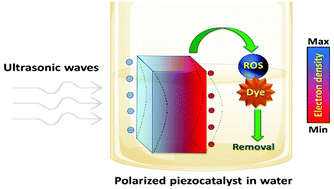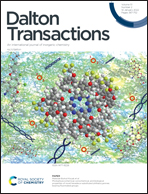Recent advances in piezocatalytic polymer nanocomposites for wastewater remediation
Abstract
Among several forms of water pollutants, common pesticides, herbicides, organic dyes and heavy metals present serious and persistent threats to human health due to their severe toxicity. Recently, piezocatalysis based removal of pollutants has become a promising field of research to combat such pollutions by virtue of the piezoelectric effect. In reality, piezoelectric materials can produce electron–hole separation upon external vibration, which greatly enhances the production of various reactive oxygen species (ROS) and further increases the pollutant degradation rate. Piezocatalysis does not alter the quality or composition of water, like several other conventional techniques (adsorption and photocatalysis), which makes this technique non-invasive. The simplicity and tremendously high efficacy of piezocatalysis have attracted researchers worldwide and thus various functional materials are employed for piezocatalytic wastewater remediation. In this frontier, we highlight and demonstrate recent developments on polymer based piezocatalytic nanocomposites to treat industrial wastewater in a facile manner that holds strong potential to be translated into a clean and green technology.

- This article is part of the themed collection: 2021 Frontier and Perspective articles


 Please wait while we load your content...
Please wait while we load your content...